Food Garden - Update: Part 03
It’s been quite some time since my first blog post about my food garden, so I thought I’d put up an update post to show what’s new and how things have changed since that blog post. Way too much is going on to try to fit everything into one post, so I’m going to break it up into a few posts.
Fruiting trees and plants
Fruit trees
I thought it would be good to look back at the progression of the area where I’ve planted most of my fruit trees over the years. This covers a span of roughly eight years:
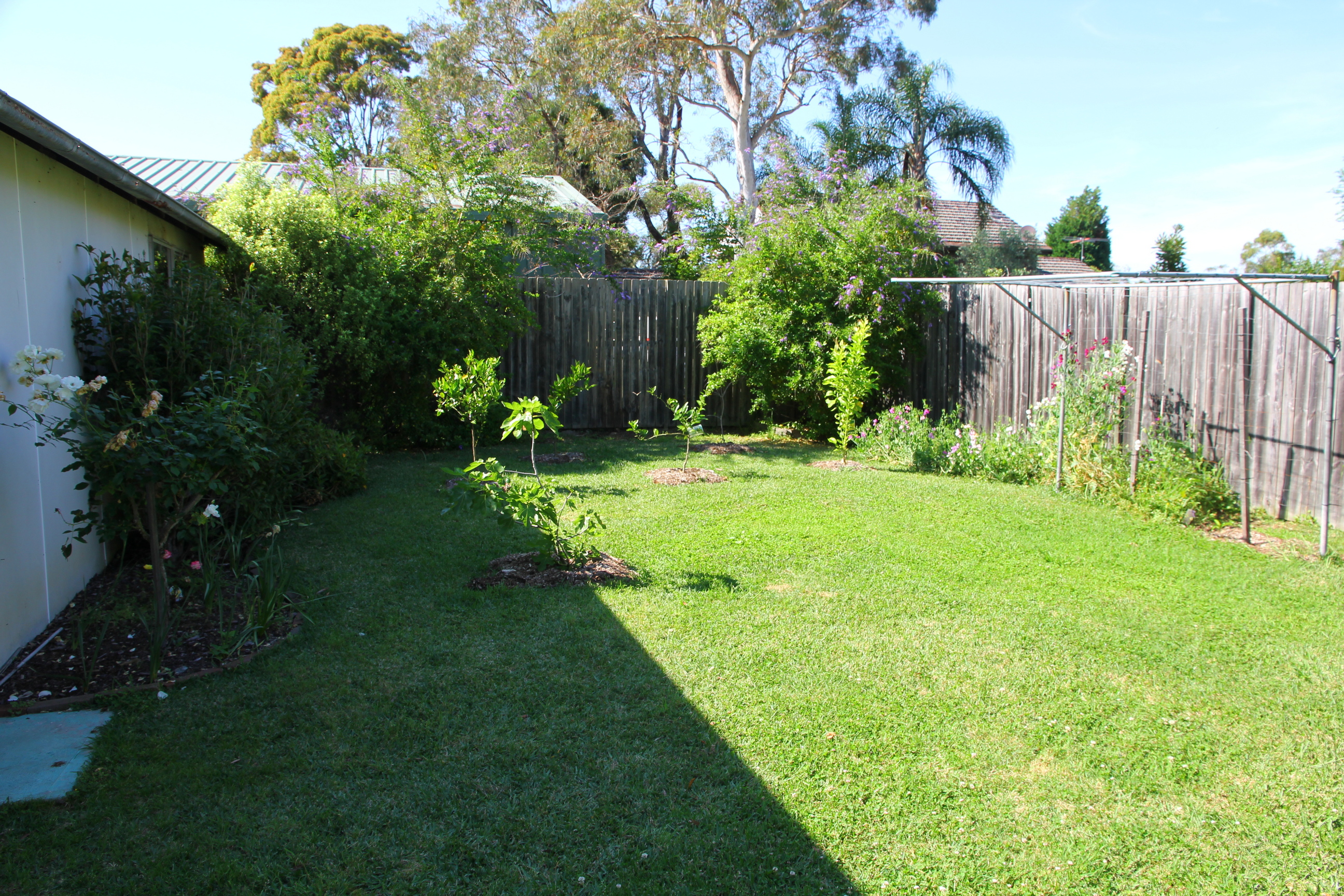 |
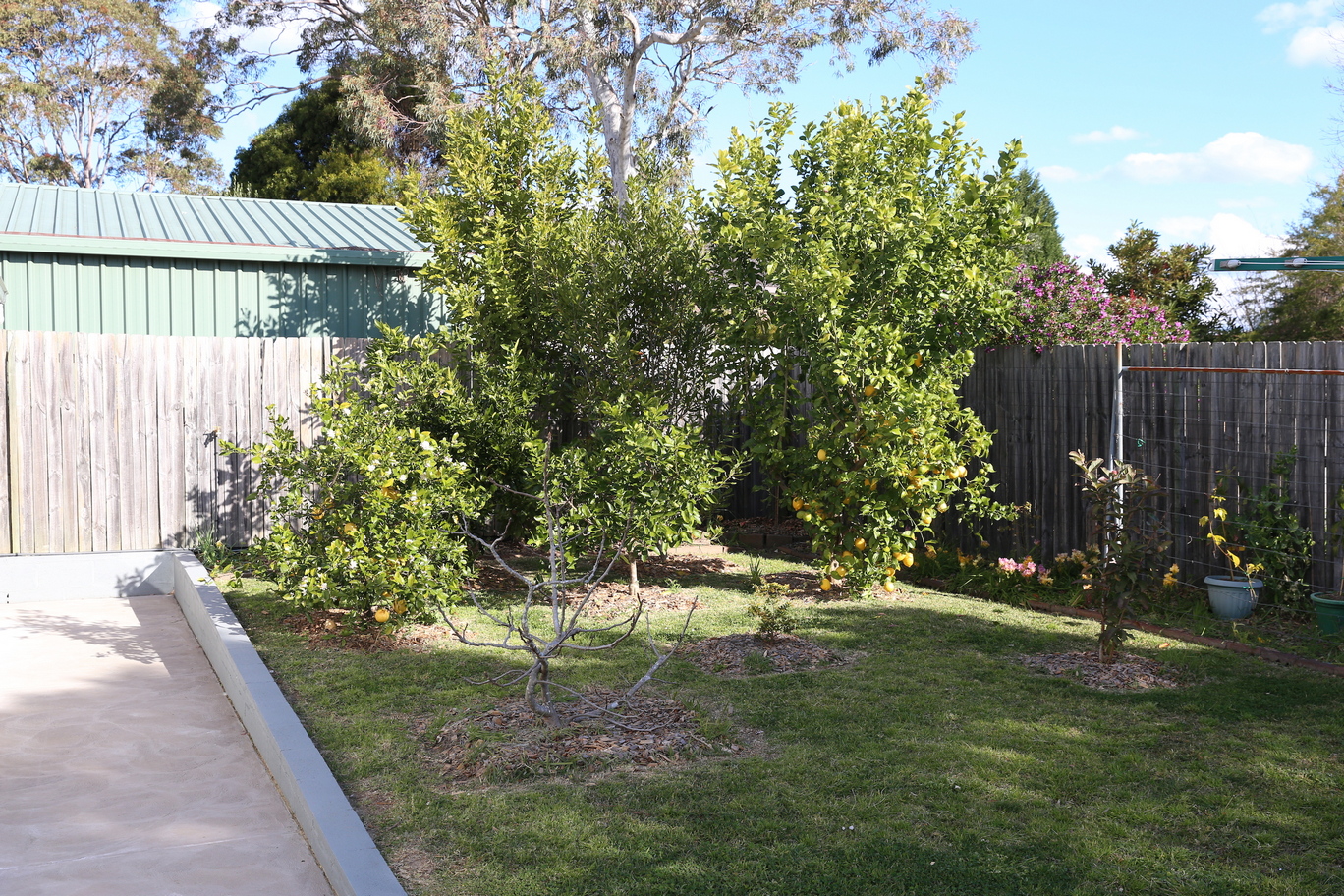 |
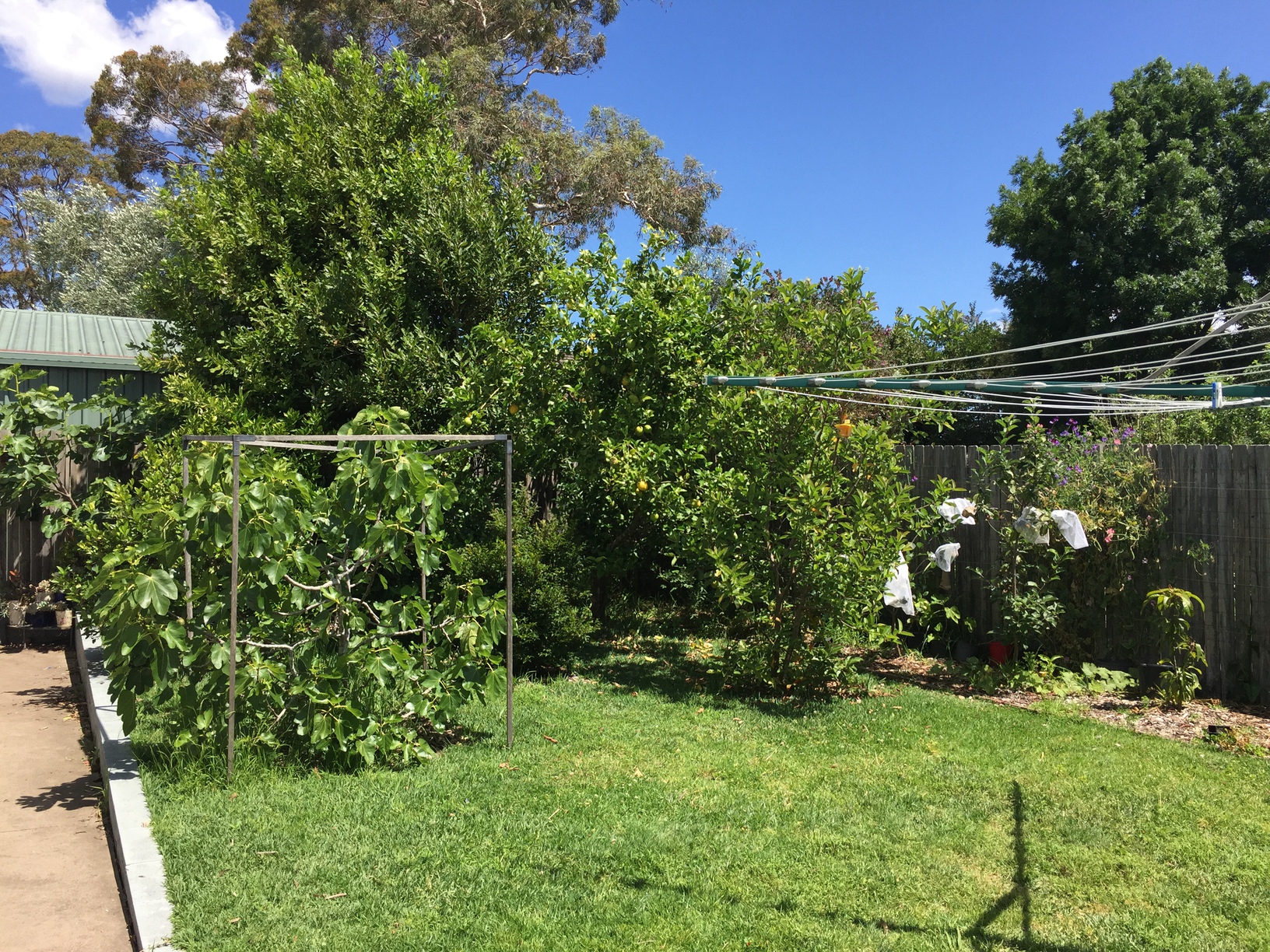 |
Apple
I have two apples growing, one a Tropic Sweet and the other a Dorsett Golden. Both are low chill varieties, which are more suited to Sydney’s warmer climate.
I only planted these last year, and they’re already bearing fruit! The apples need protection from birds and other creatures that also seem to enjoy biting into a crunchy apple. I commandeered all of the mesh laundry bags I could find in the house. They make fine fruit covers, and although we still have had some efforts by creatures to get at the fruit through the bag, it seems to have protected the majority of the best fruit on the tree… and as I found out later, created an interesting side-effect to the way the apples ripended.
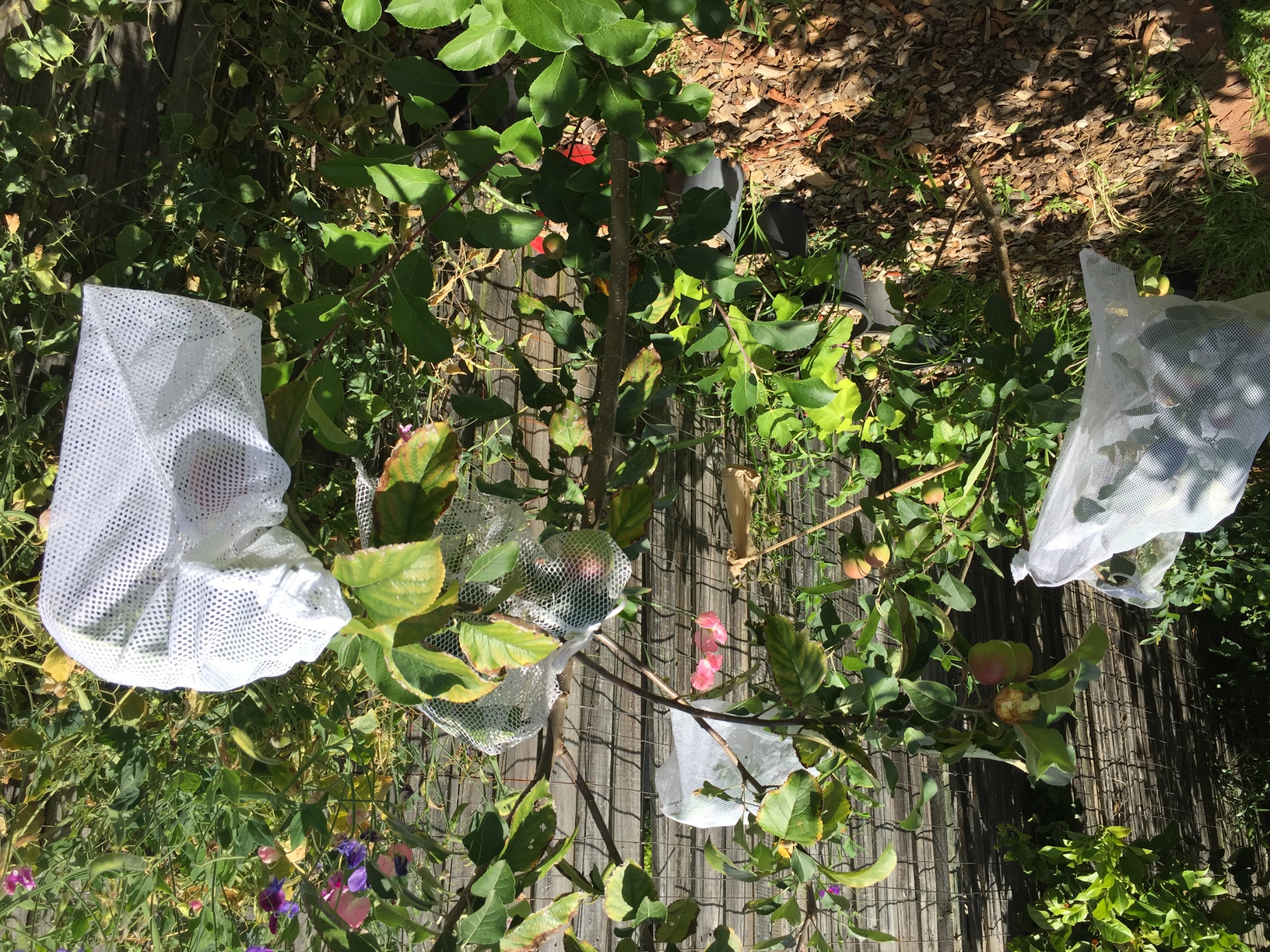 |
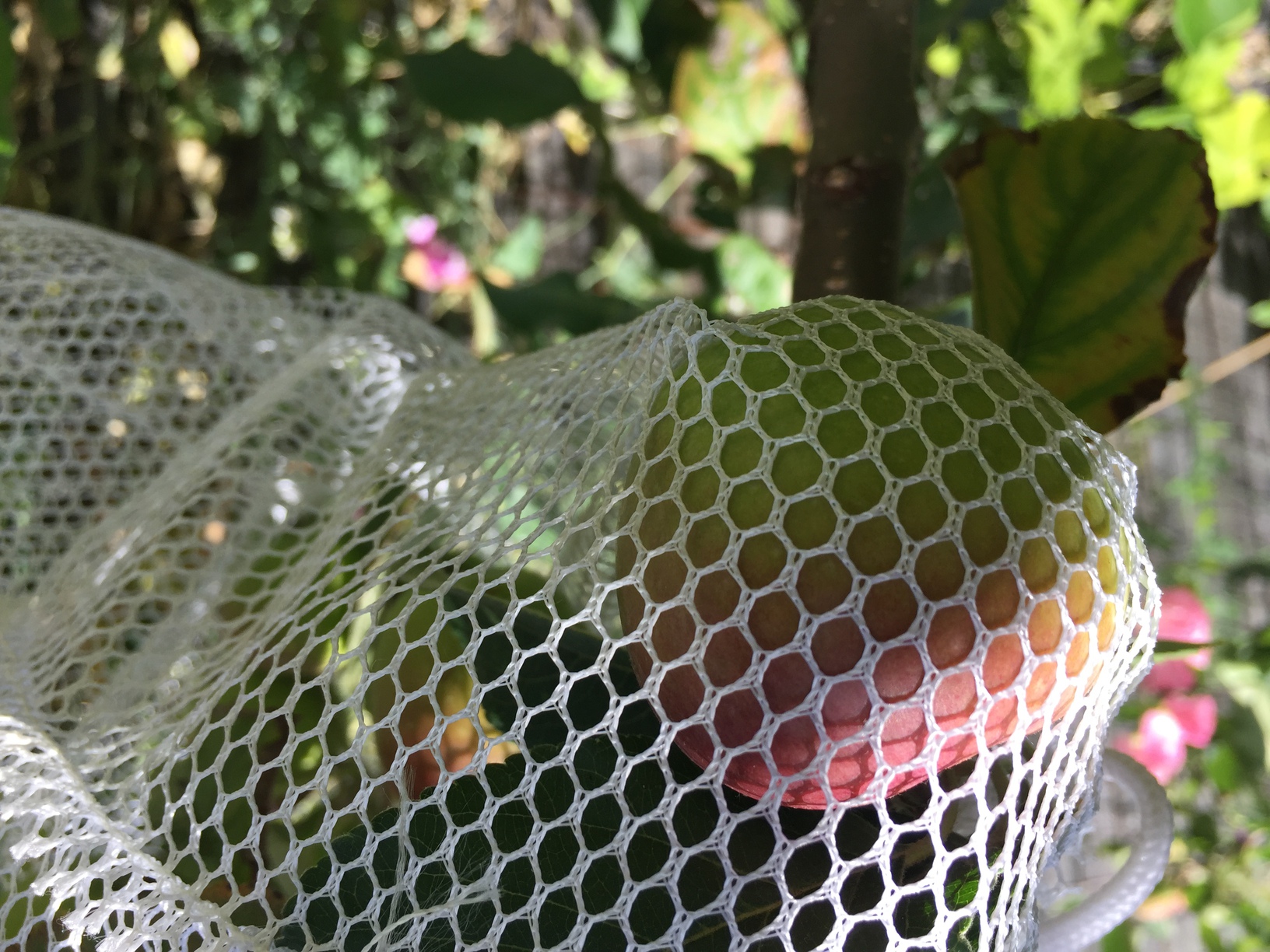 |
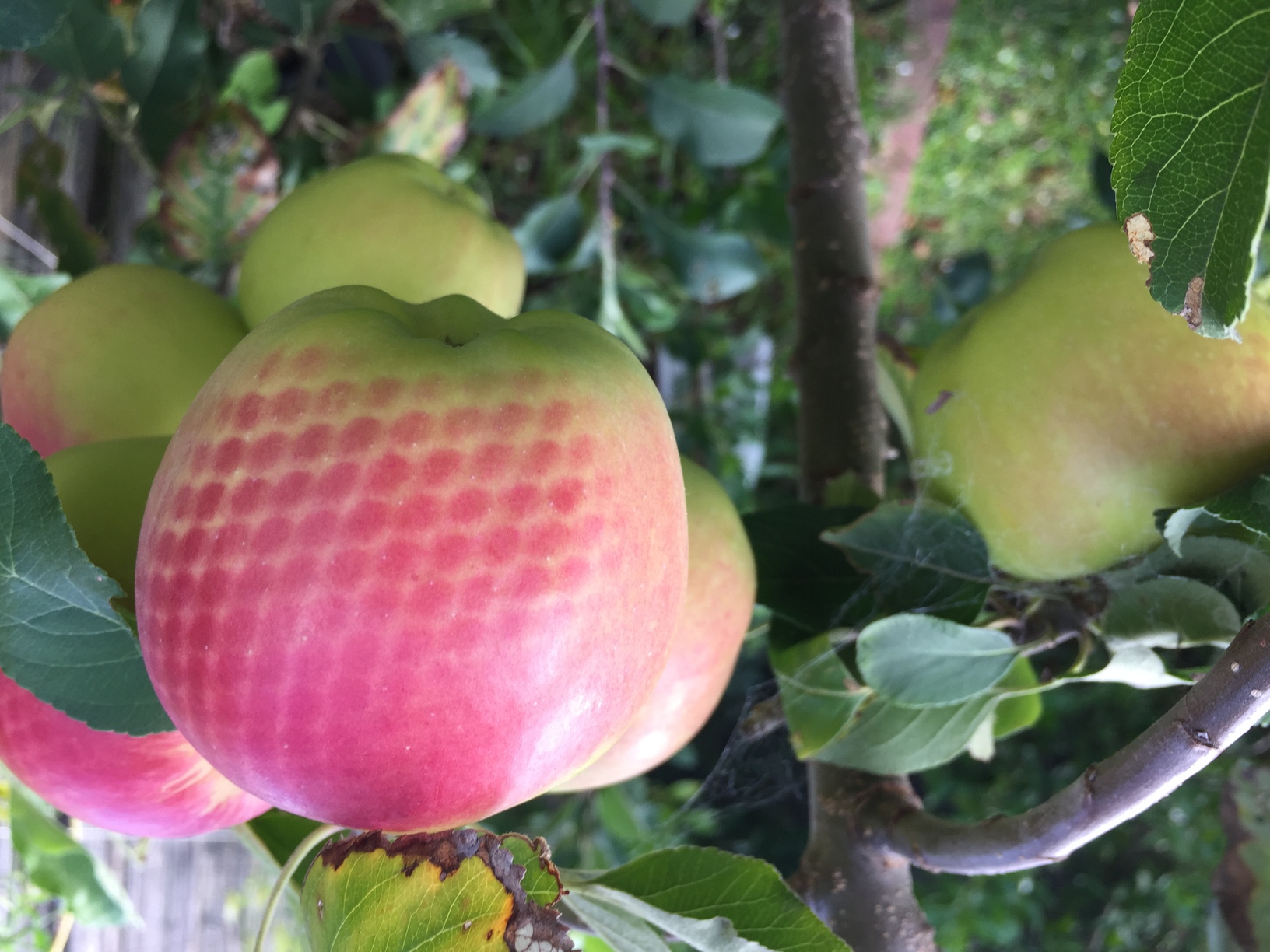 |
The Dorsett Golden apples were delicious! Big, juicy, sweet, crunchy apples. Just the way an apple should be. The laundry bags didn’t do enough to protect all the apples though. Creatures still got in through the bags at a number of them, but we ended up with a few really good, unscathed apples.
Citrus
I have the following citrus growing:
- Lemon - Dwarf Mayer
- Lemon - Eureka
- Lemon - Lemonade (sweet lemon)
- Lime - Tahitian
- Orange - Washington Navel
- Mandarin - Imperial
- Mandarin - Satsuma
The Eureka Lemon is a very vigorous tree, producing a lot of fruit and a lot of growth - and now needs a serious pruning. I’ve decided that I get more lemons than I need from that tree, and I’d like to get more fruit that I can simply pick off the tree and eat. I guess you can pick, peel and eat a lemon if you want, but not my thing. So, I tried my hand at grafting for the first time. I took some cuttings from my two, much smaller, mandarin trees, and have grafted them onto some new growth on the lemon tree.
Mandarin seems like the obvious choice to have more of growing in the garden, as it can be eaten immediately, you can easily peel it by hand, it breaks apart into segments easily, you can juice them if you have too many…. perfect.
I tried a couple of different grafting methods. First, a cleft graft, where you cut the bottom of the bud-wood into a V shape and cut a slit into the top of the stem you’re grafting onto. You slot the V in, wrap it in grafting tape, wait 3-4 weeks, and if you’ve done everything correctly, you have a different citrus variety growing on your tree. I managed to get one branch of the Imperial Mandarin growing quite well. This is the best performing graft I’ve done so far. There were around 4-5 buds on the bud wood, and each of these seems to be putting out new growth and even put out a single little flower early on (which it shed fairly quickly).
The other method I tried is bud grafting, where instead of grafting an entire piece of bud-wood, you are shaving off just the growing bud from the budwood. You then make a small cut into the green bark of the branch you’re grafting onto, and slot in the growing bud. You then cover the entire thing in grafting tape and wait for 3-4 weeks before removing the grafting tape. One of the advantages of bud grafting is that you can get a number of buds from a single piece of bud-wood. I took one cutting from the Satuma Mandarin which had five buds on it, each of which I grafted onto a separate growing stem of my lemon tree. One died off completely, but the other four seems to have survived. None have yet actually put out any new growth. They keep looking like they’re just about to, and then they don’t. These seem to be a lot slower to start growing than the cleft graft. I can see some swelling of the buds, but progress seems very slow. At least they haven’t died off completely, which is a good sign.
I am looking forward to the day when I can pick some mandarins from my lemon tree.
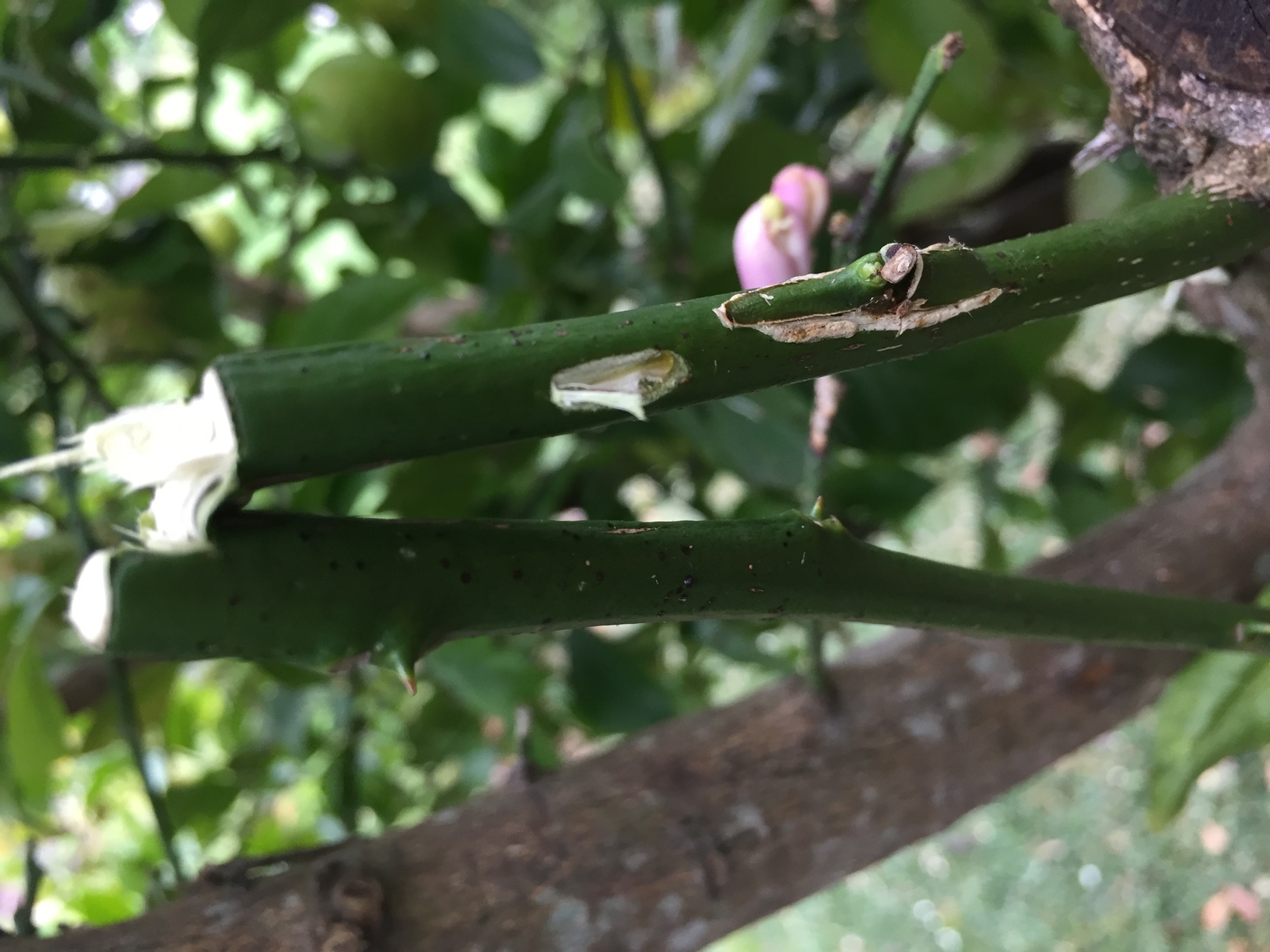 |
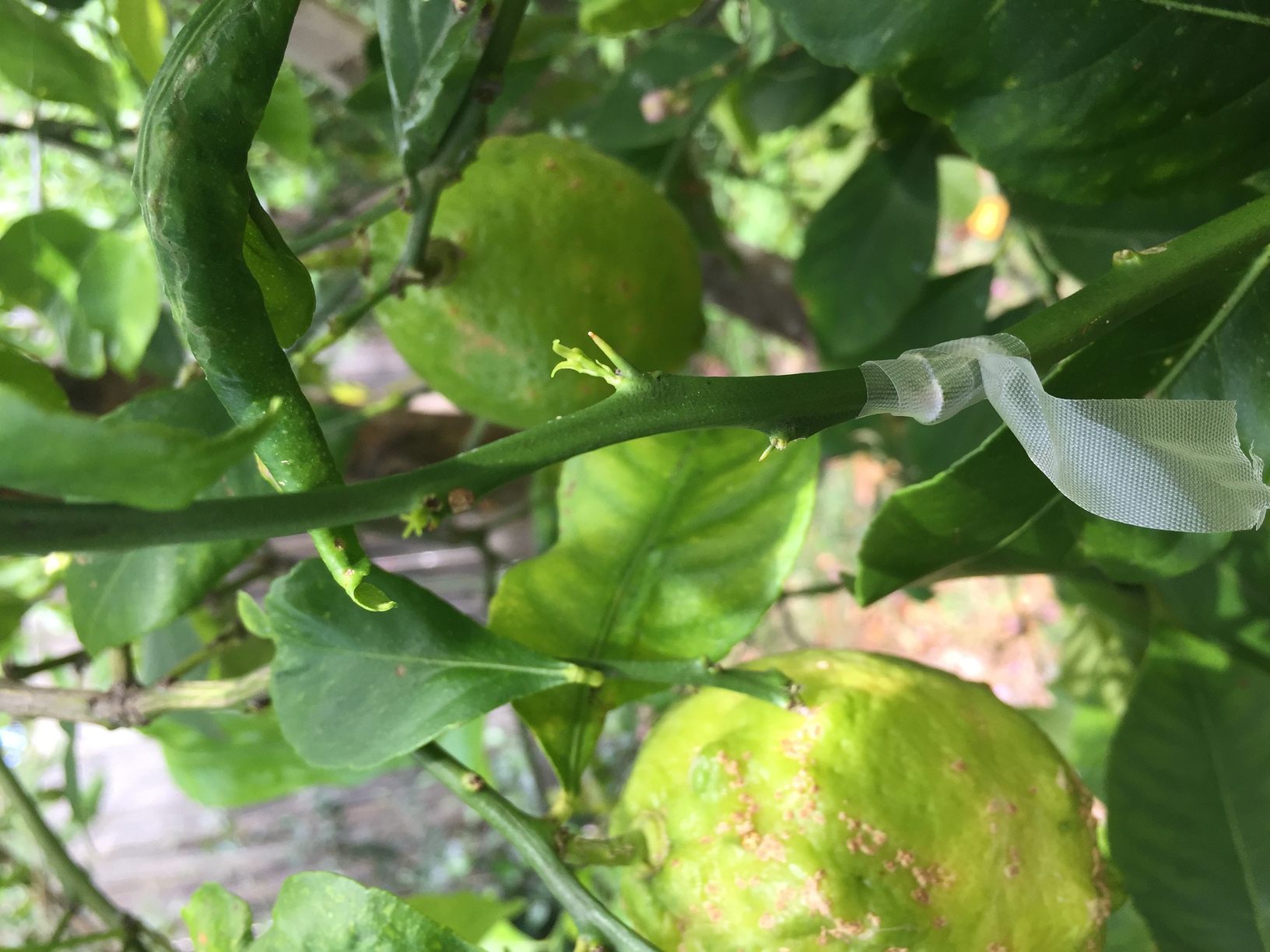 |
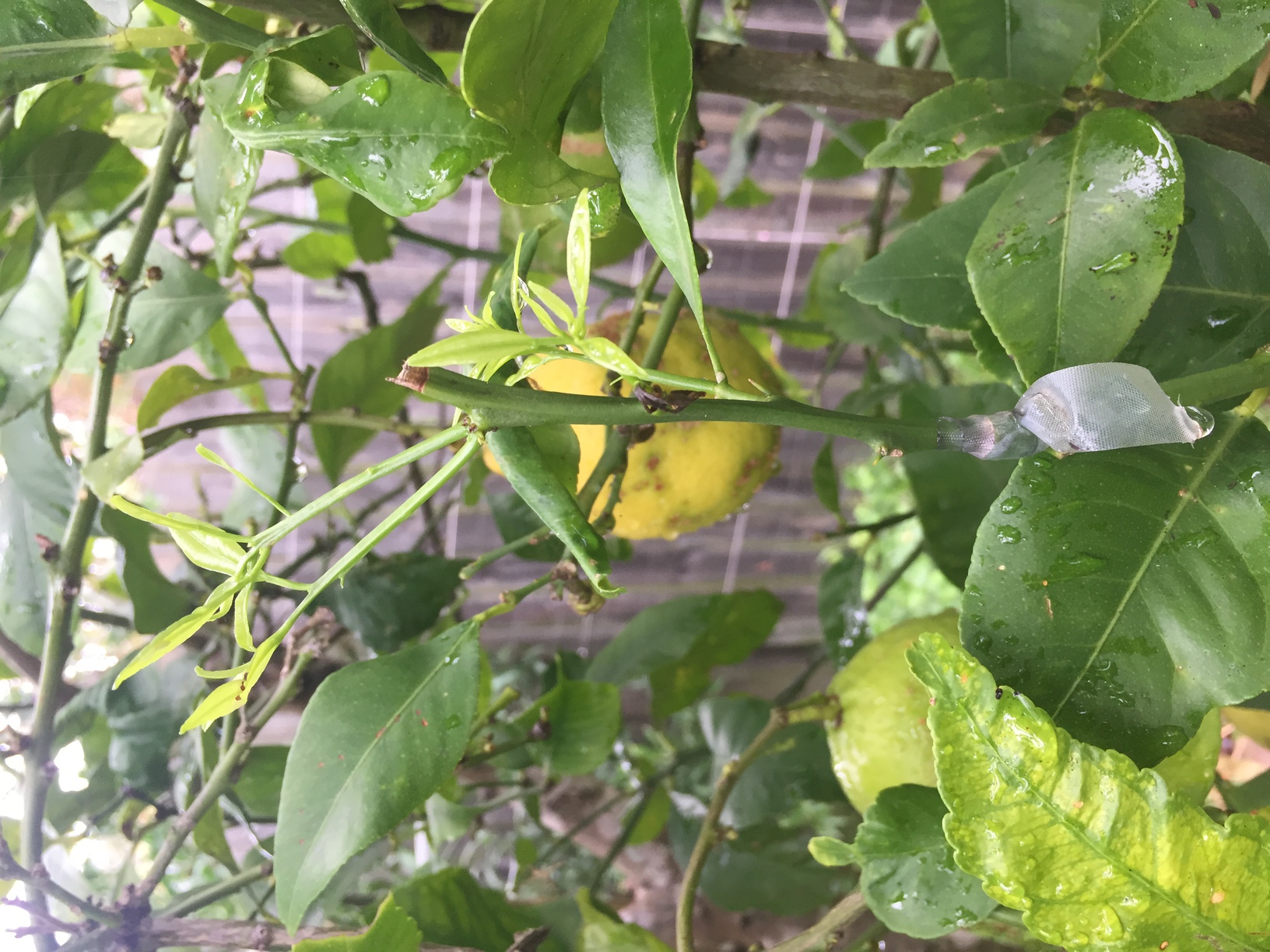 |
Jaboticaba
Sigh. Still no fruit from this one. Waiting patiently for it to flower and fruit for the first time. It’s grown quite a lot since it went in… and each year I keep saying “Maybe this year” - but alas, looking more like “Maybe next year” again this year.
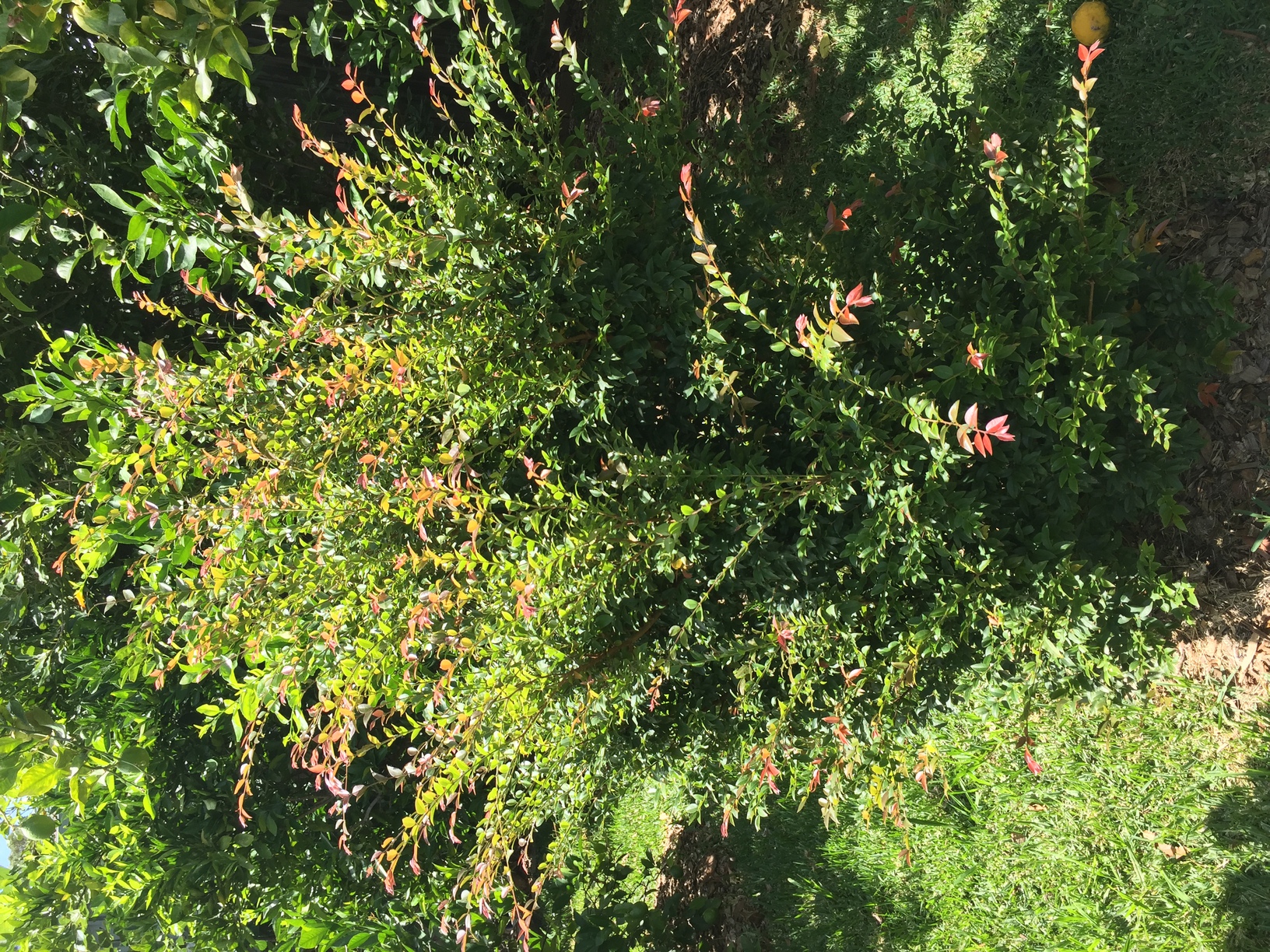 |
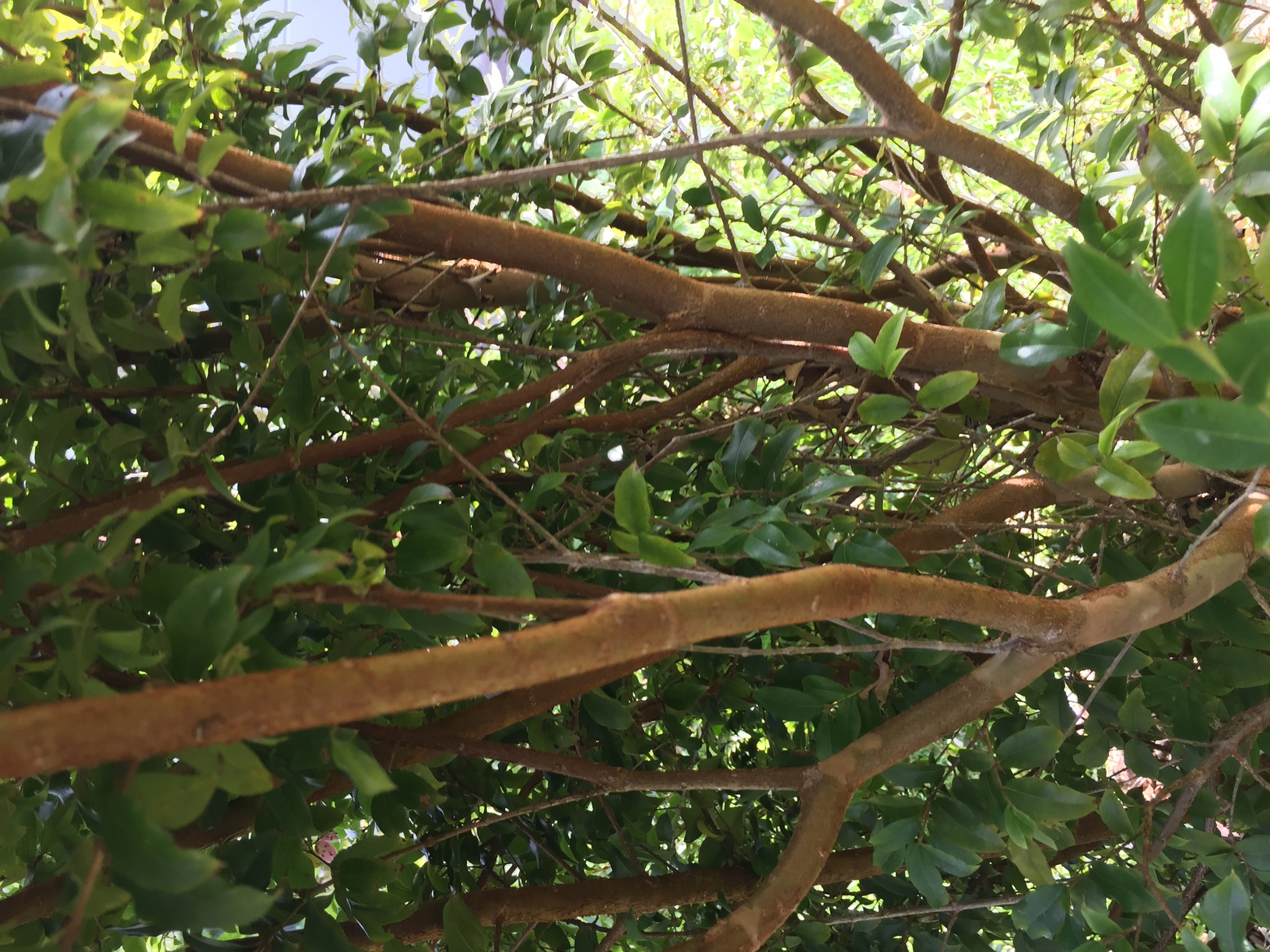 |
Avocado
I know I already gave an update about the avocados in Food Garden Update - Part 01, but… I’m very excited and want to share a photo of the fruit growth. The Hass is looking amazing. So excited.
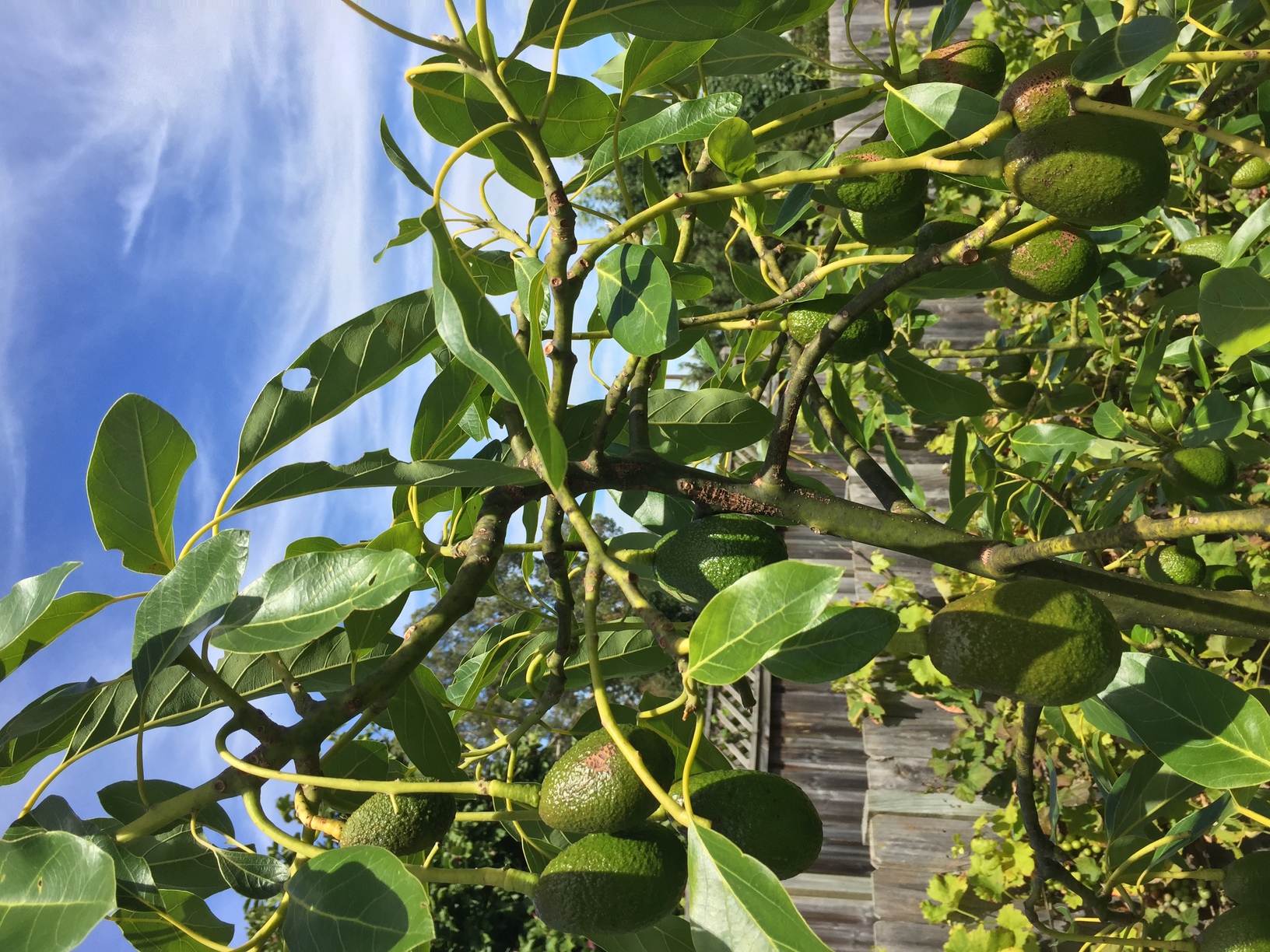 |
New additions: White Mulberry and Nectarine
We went to visit my parents recently and they have a white mulberry tree that had a huge crop that was just starting to ripen. Our kids loved the white mulberries, and I think I actually prefer the flavour to a black mulberry. It isn’t as tart, and has an almost ripe peach type of flavour. The fruit also has the other added benefit of not staining fingers, hands and anything else they touch, like the black mulberries.
So, we got one… and you know, shipping cost… makes sense to get a few more things on one order… so I also got a nectarine tree… and a pineapple plant. OK, I admit it, I have a problem.
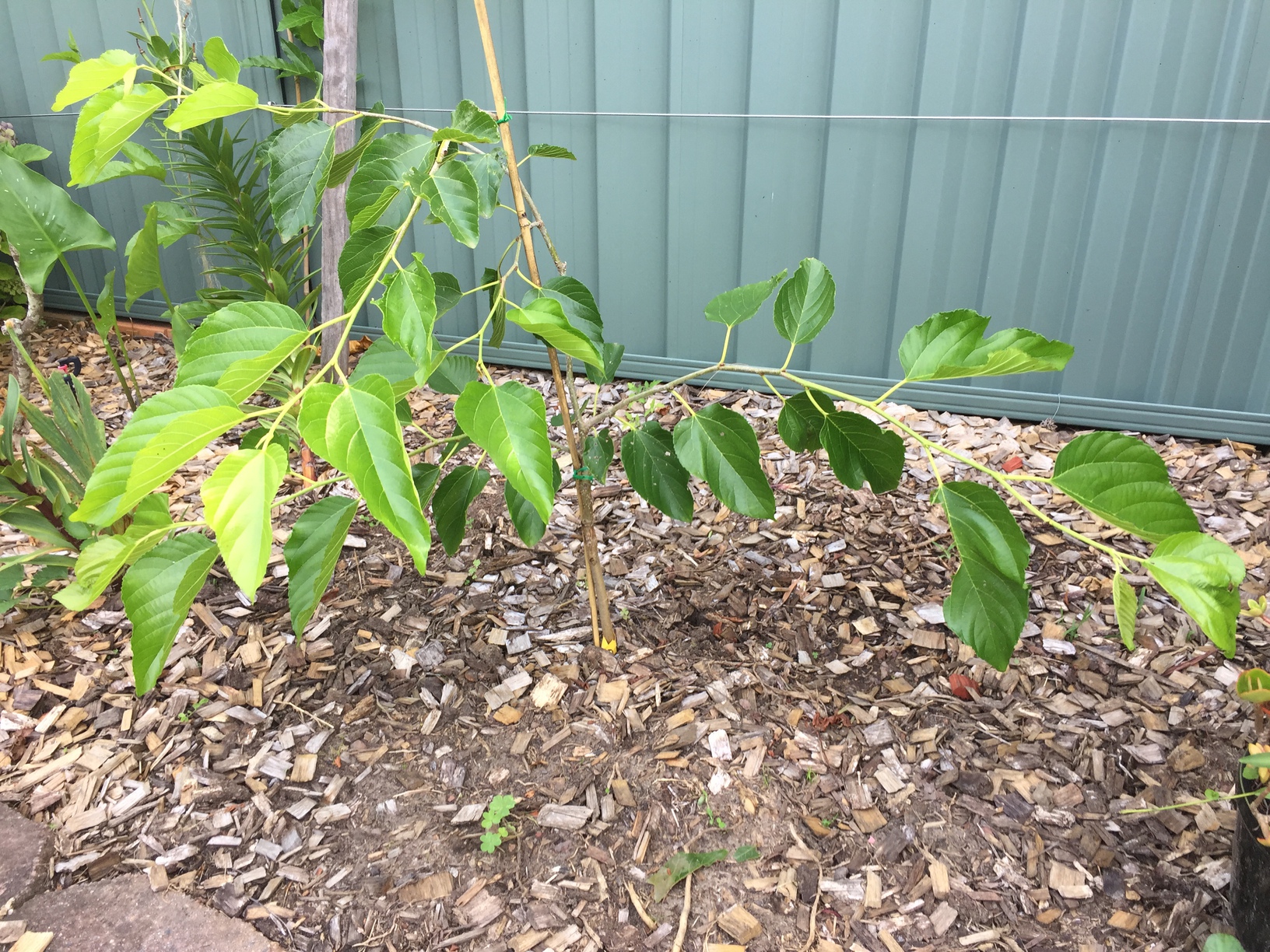 |
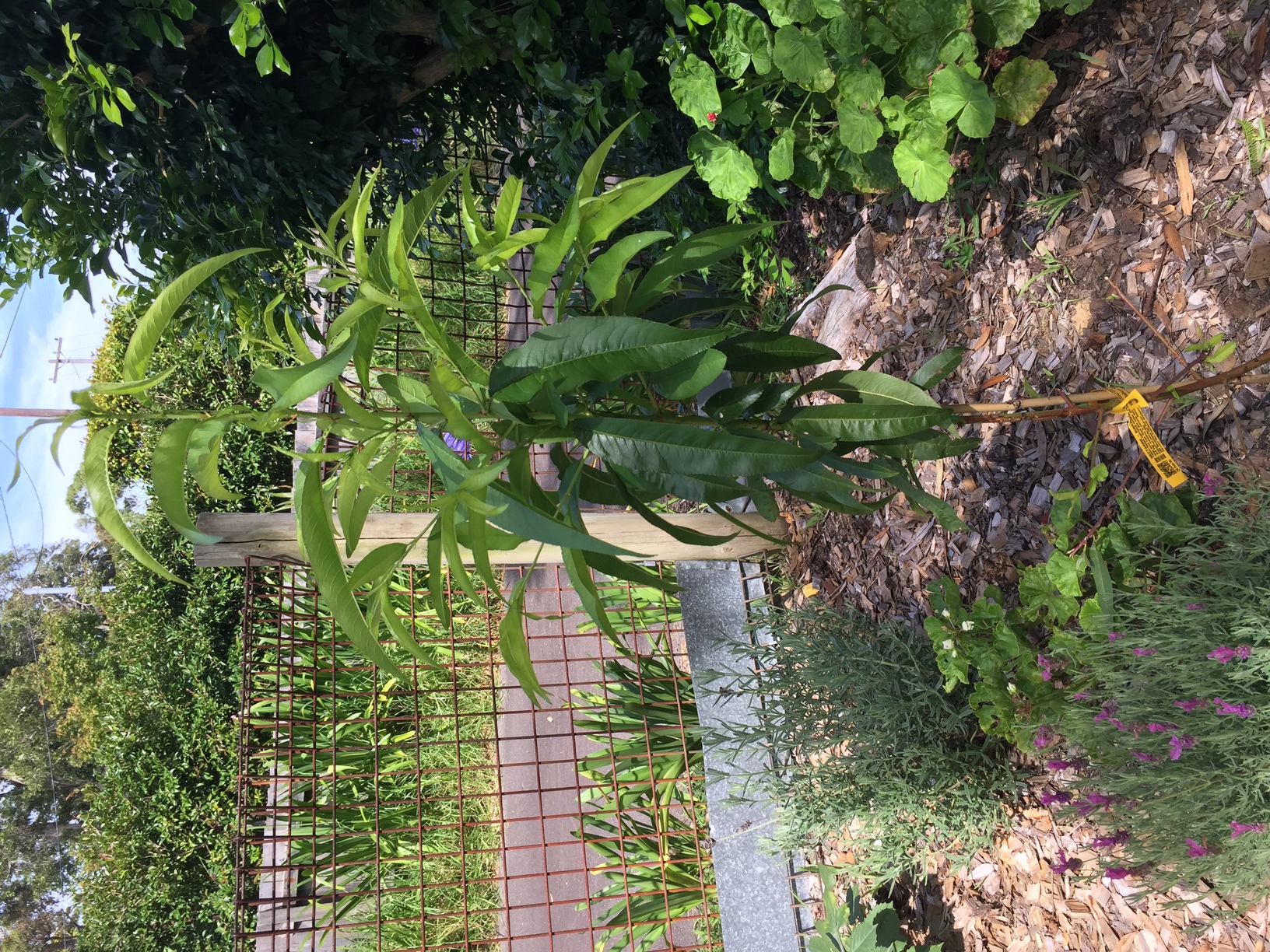 |